
Iran’s IMIDRO Seeks Remaining Funding for its Graphite Electrodes Project amid Shortage
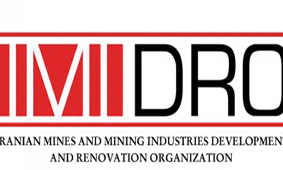

In 2018, IMIDRO had formed a joint venture with Mobarakeh Steel, Khorasan Steel, and Chadormalu to invest in and help in the completion of the plant. The 350 million Euros (USD 400 million) Ardakan-based project has been on cards since long and is yet to be completed. According to IMIDRO, about 170 million Euros of funding is still required.
The plant is set to have 30,000 tonnes capacity with a provision to expand capacity up to 45,000 tonnes. IMIDRO is seeking early completion of the GE project in order to address its problem of electrodes shortage post U.S. sanctions announced last year.
In 2018, U.S. had imposed sanctions on Iran twice, restricting its trade with any country or company across the globe and in case anyone carries out business with it, the respective country or company is subject to secondary sanctions (won’t be allowed to do business with U.S.).
Graphite electrodes is a crucial raw material for Iran’s mainly electric arc furnace-based steelmaking industry. Now with the sanctions in place, Iranian steel companies are unable to procure electrodes from two of its major sourcing countries China and India. According to sources, the Iranian steelmakers there have stocked up their GE requirements till Apr’19 but are quite worried for the months later on.
“The government is definitely on the task of solving GE shortage problems, and it will not hesitate to take measures to solve problems with such GE projects that have a high impact on industry,” IMIDRO chairman Khodadad Gharibpour has added.
Europe sets mechanism to continue trade with Iran
European countries, France, Germany and Britain have set up a financial mechanism ‘INSTEX’ designed to avoid U.S. sanctions against Iran.
INSTEX, which stands for “instrument for support of trade exchanges”, is registered in the first week of Feb’19 in Paris with an initial capital of 3,000 Euros as a proposed payment channel from Europe to Iran, and vice versa.
INSTEX will support legitimate European trade with Iran, focusing initially on the sectors most essential to the Iranian population such as pharmaceuticals, medical devices, and agri-food goods. INSTEX is primarily aimed at small and medium-sized companies.
In the future, INSTEX will also be opened to third countries wanting to trade with Iran. INSTEX to be operational requires Iran to set up a parallel structure of its own.
INSTEX would receive payments from companies that want to trade with Iran, either by receiving waivers for oil imports or permissible trade in goods like food and medicine. As a result, there would be no direct transfer of funds between Iran and European companies. This would theoretically insulate firms from U.S. penalties.
With this mechanism in place, market participants are hopeful that Iran may be able to secure its GE requirements also but as per the industry sources, this mechanism will take time and will not be fully operational until later this year. Also if it will be possible to carry out GE trade using this mechanism still remains to be seen.

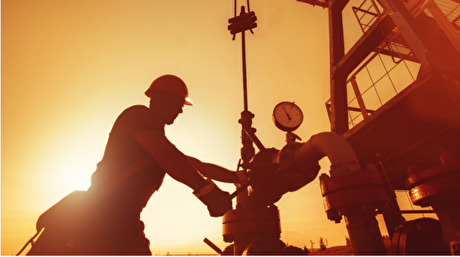
Column: EU’s pledge for $250 billion of US energy imports is delusional

Anglo American posts $1.9B loss, cuts dividend

BHP, Vale accused of ‘cheating’ UK law firm out of $1.7 billion in fees

Ramaco Resources secures five year permit for Brook rare earth mine in Wyoming
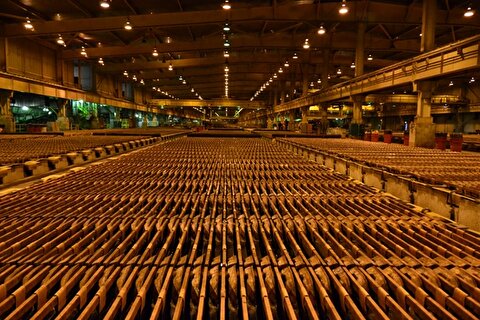
Southern Copper expects turmoil from US-China trade war to hit copper
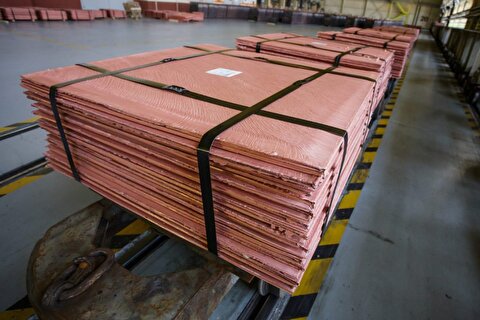
Trump tariff surprise triggers implosion of massive copper trade
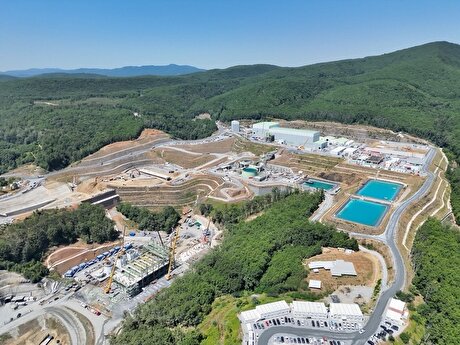
Eldorado to kick off $1B Skouries mine production in early 2026

St Augustine PFS confirms ‘world-class’ potential of Kingking project with $4.2B value
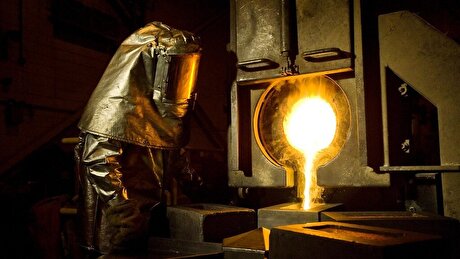
Newmont nets $100M payment related Akyem mine sale

Caterpillar sees US tariff hit of up to $1.5 billion this year
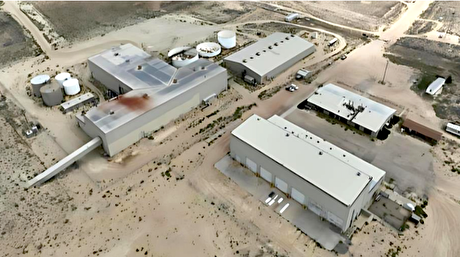
Uranium Energy’s Sweetwater plant on fast track for in-situ mining approval
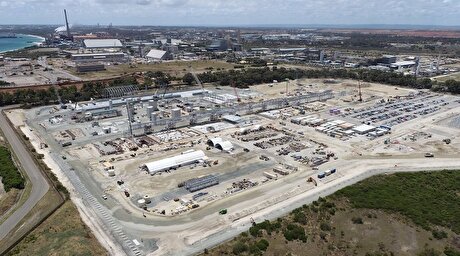
Tianqi Lithium Australia JV says it is prioritizing long-term viability of refinery

First Quantum scores $1B streaming deal with Royal Gold
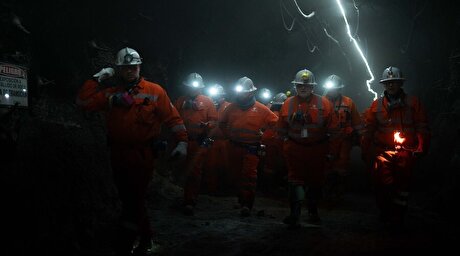
One dead, five missing after collapse at Chile copper mine

Eldorado to kick off $1B Skouries mine production in early 2026

Newmont nets $100M payment related Akyem mine sale
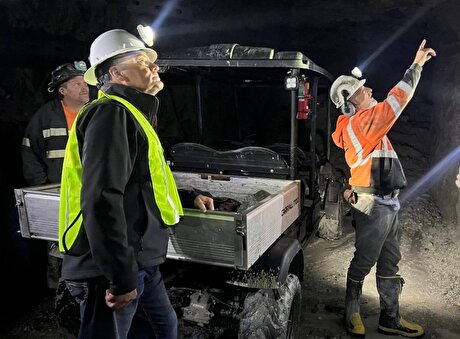
Idaho Strategic rises on gold property acquisition from Hecla

Goldman told clients to go long copper a day before price plunge
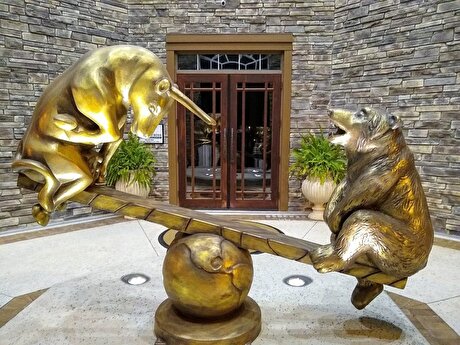
Gold price rebounds nearly 2% on US payrolls data

Caterpillar sees US tariff hit of up to $1.5 billion this year

Uranium Energy’s Sweetwater plant on fast track for in-situ mining approval

Tianqi Lithium Australia JV says it is prioritizing long-term viability of refinery

First Quantum scores $1B streaming deal with Royal Gold

One dead, five missing after collapse at Chile copper mine

Eldorado to kick off $1B Skouries mine production in early 2026

Newmont nets $100M payment related Akyem mine sale

Idaho Strategic rises on gold property acquisition from Hecla

Goldman told clients to go long copper a day before price plunge














